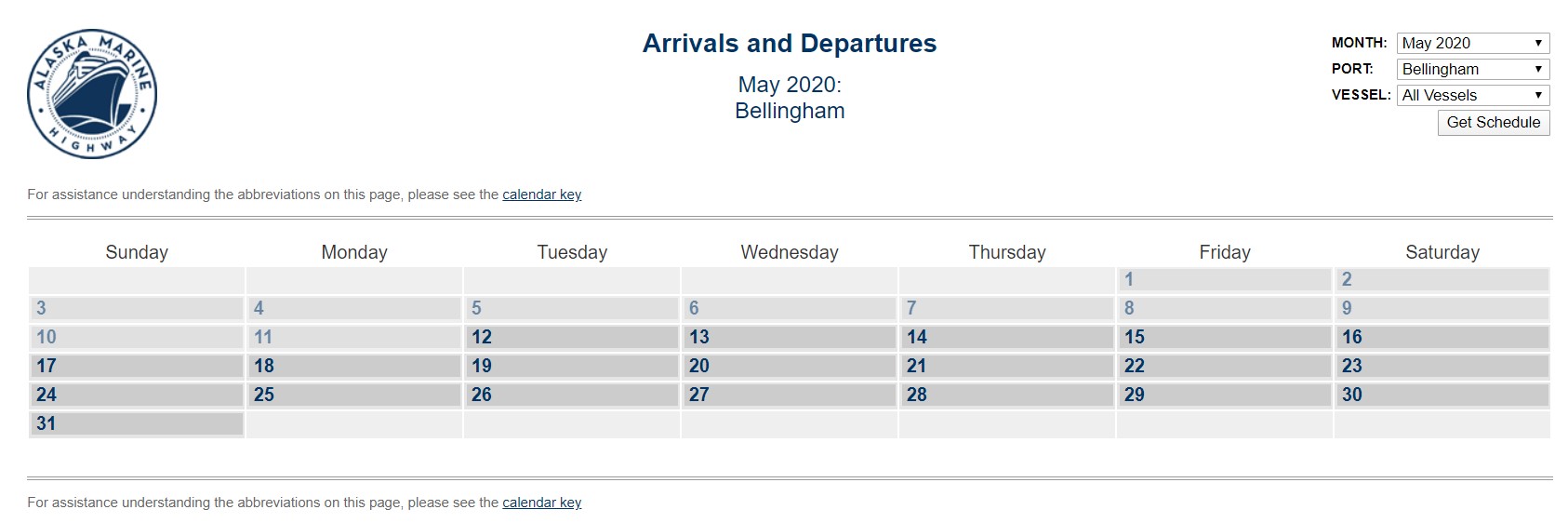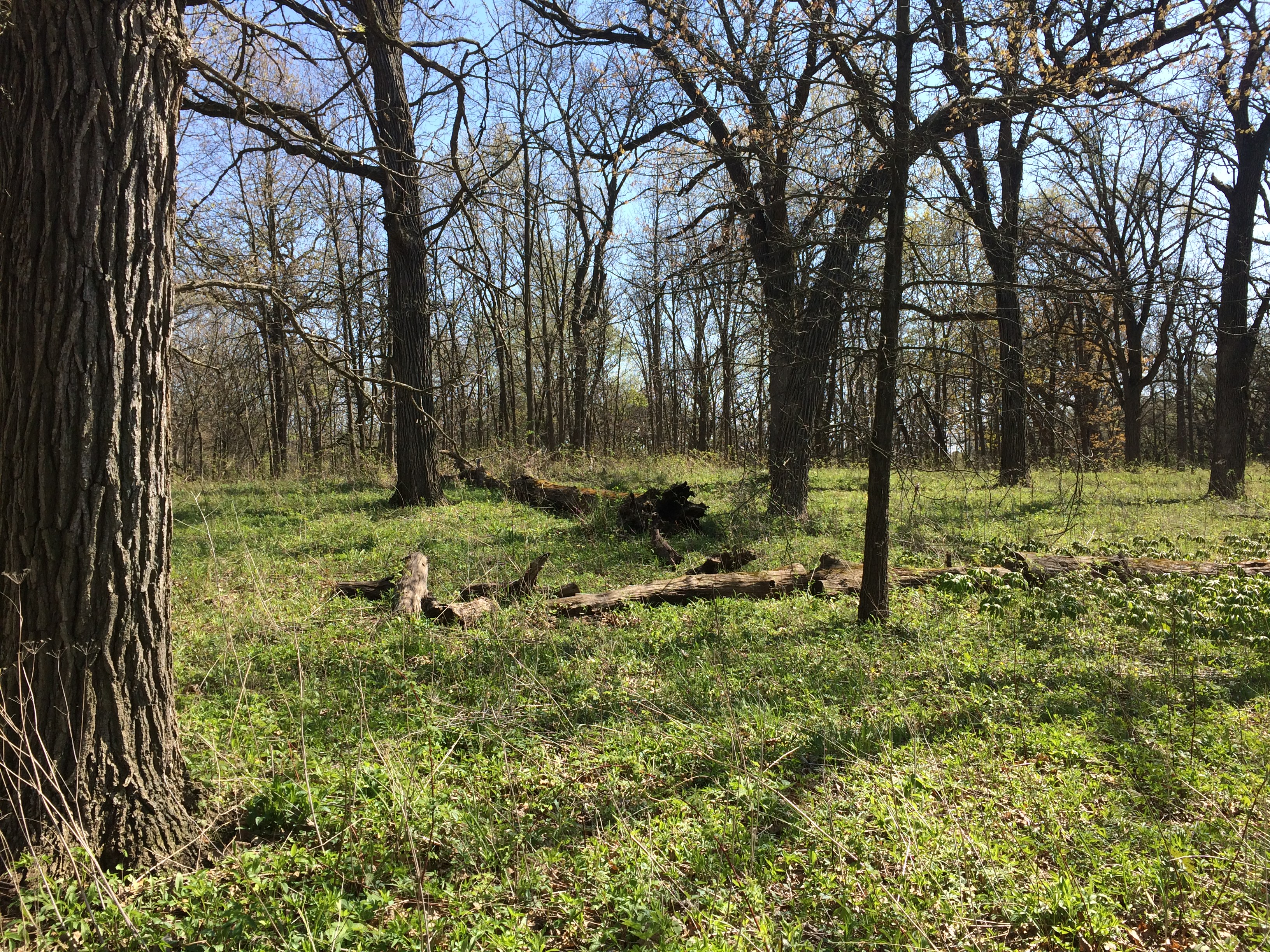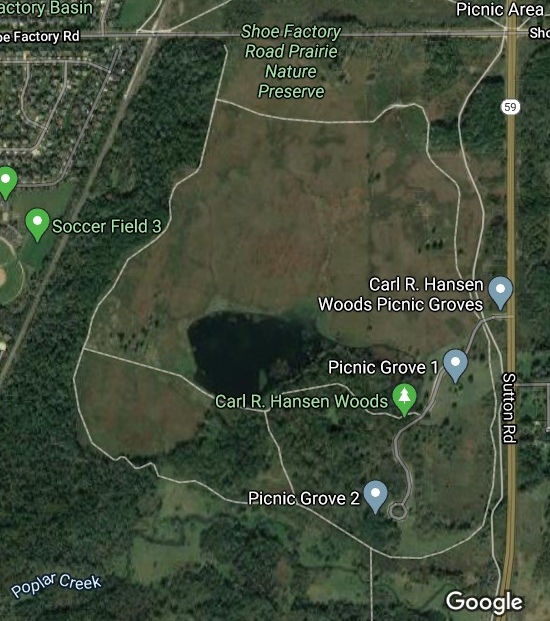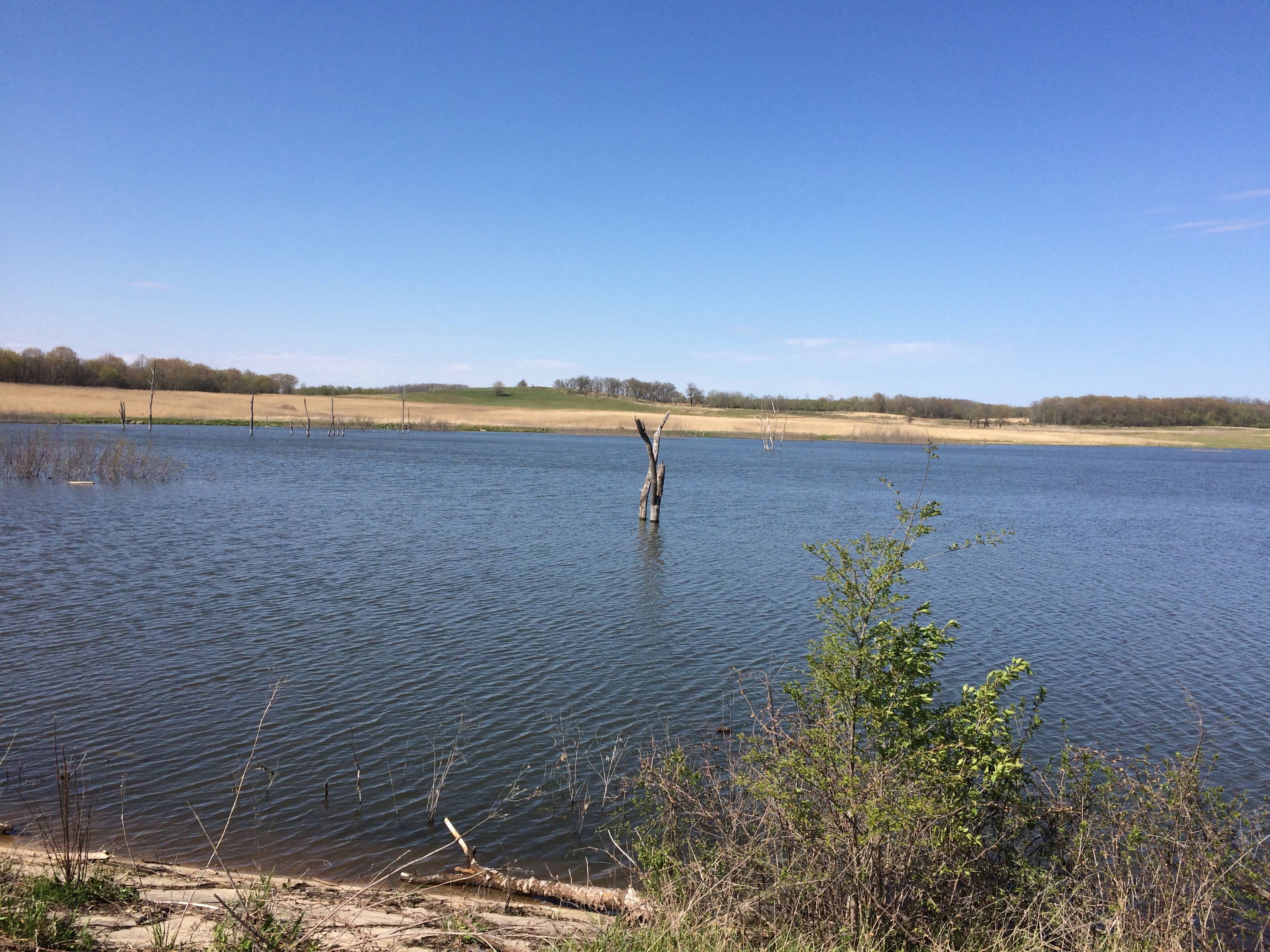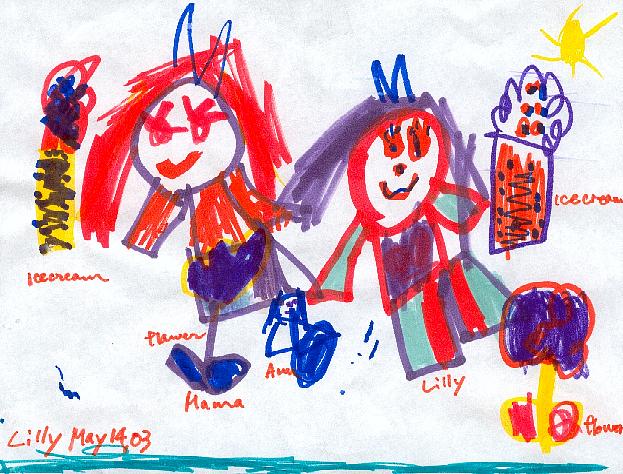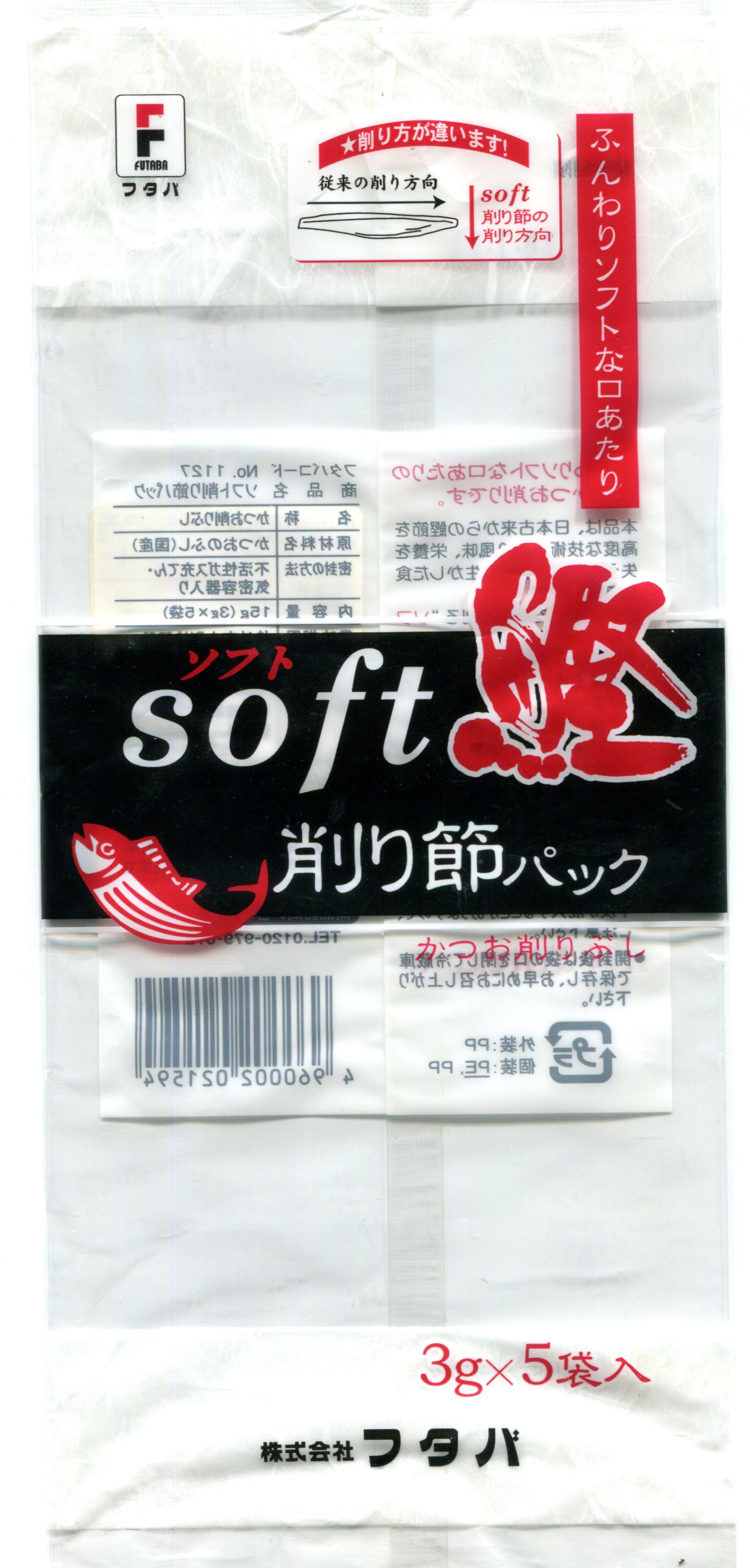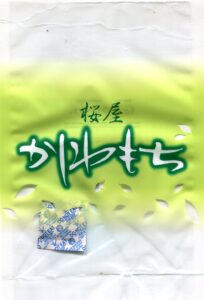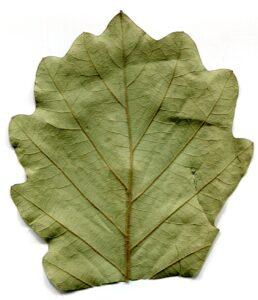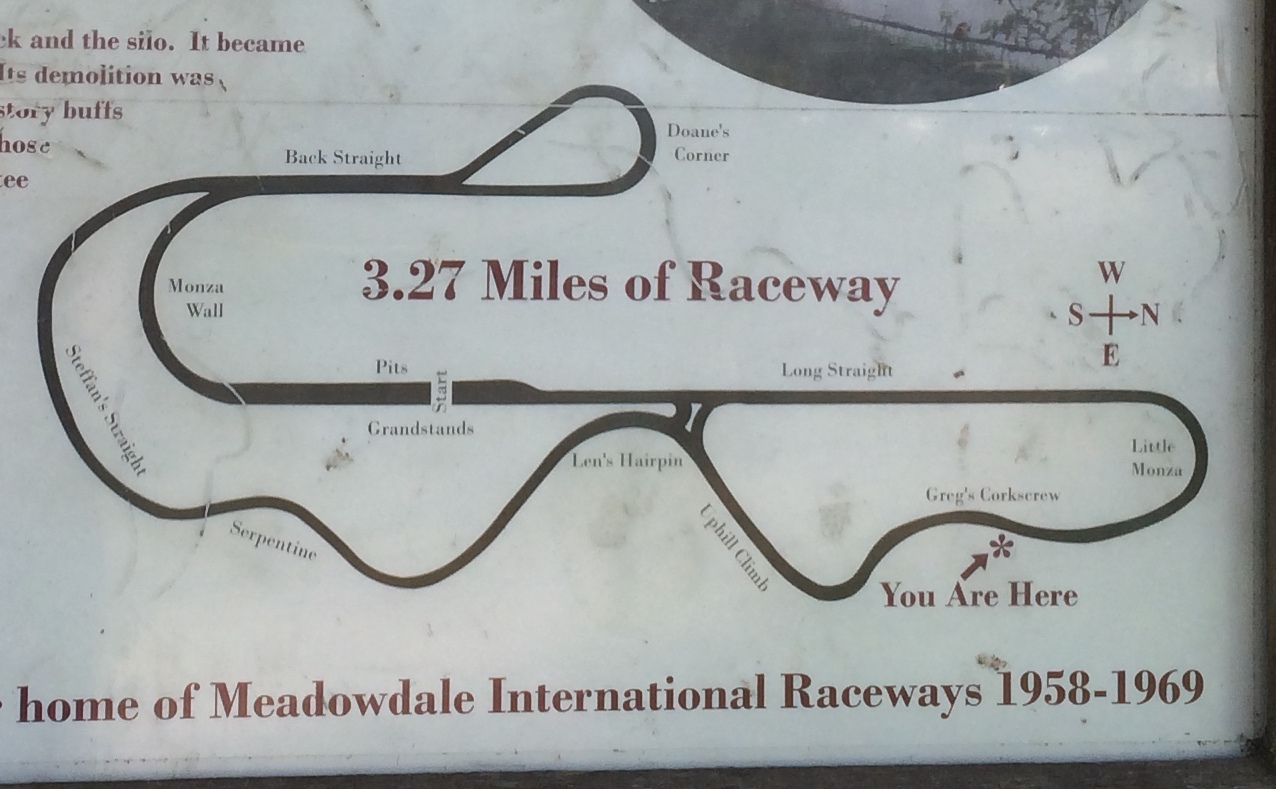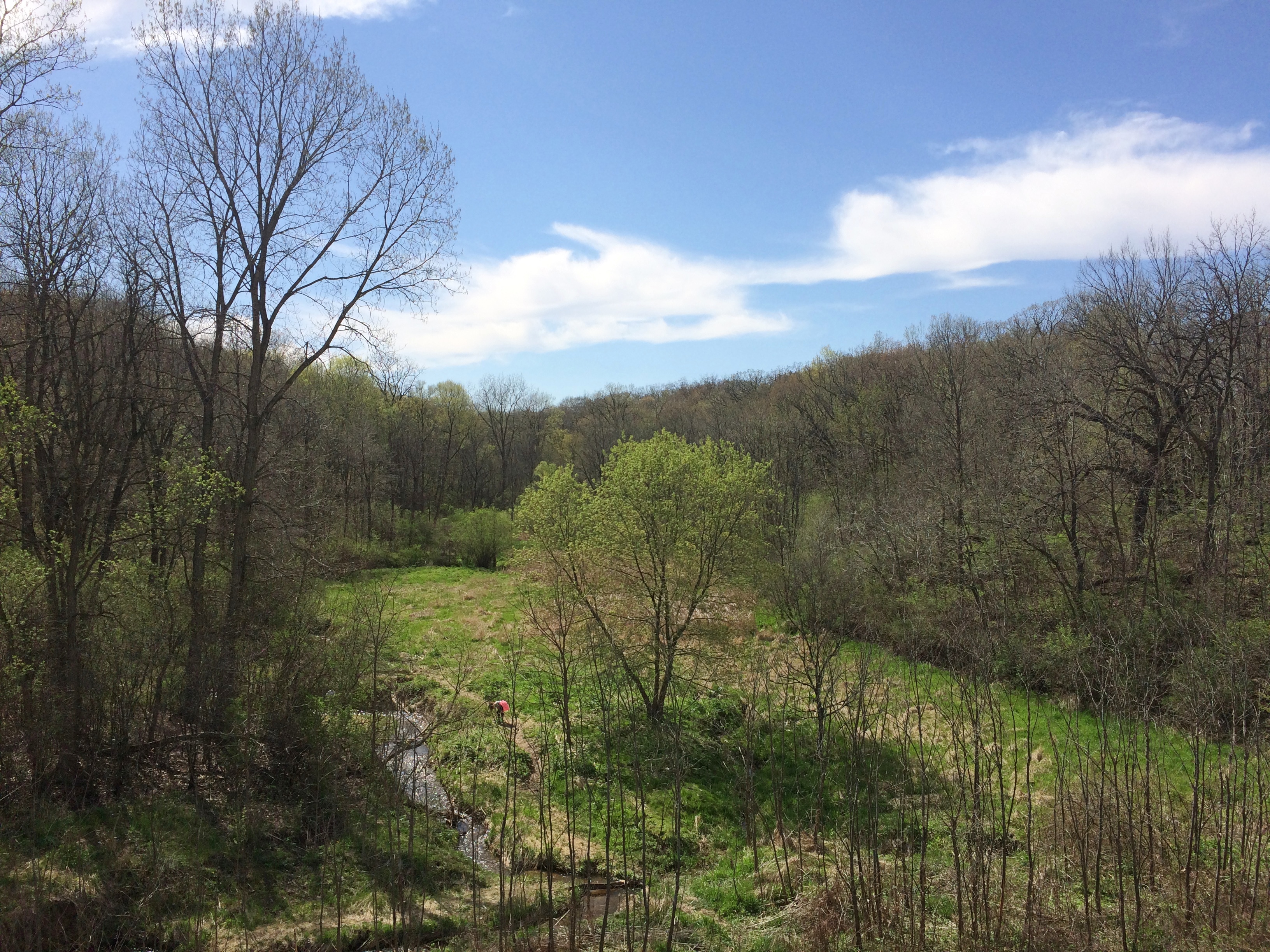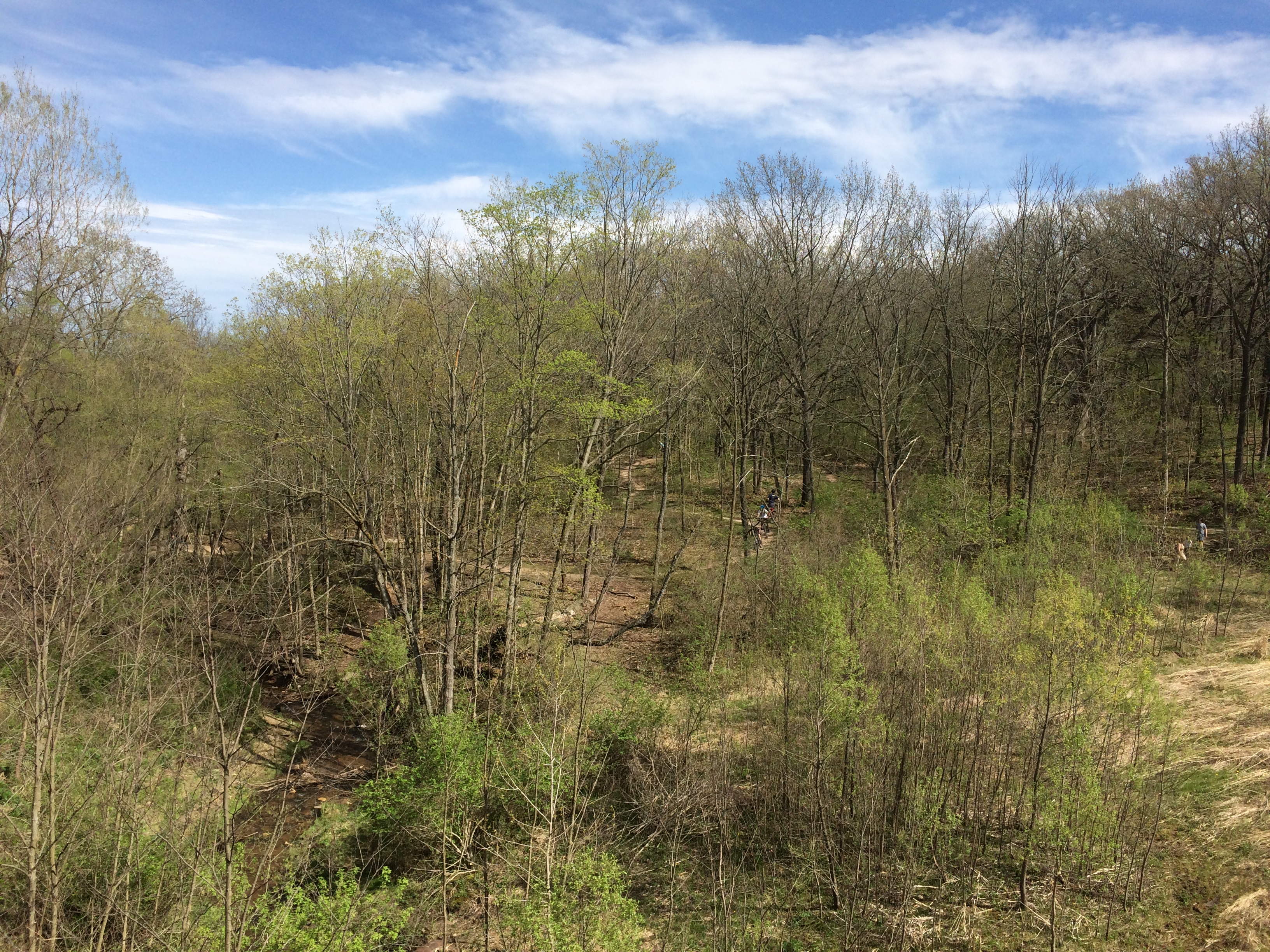Usually I do my own scanning, but in this case, I figured — what’s the point? A fellow named John Lodder posted this image on Flickr under a Creative Commons 2.0 license, meaning I need to give him credit and link to the original site — which I just did. It’s a close-up of nori. We always have nori around the house. It’s used for wrapping edibles, especially to make homemade sushi, which we do fairly often. Not as artful as prepared sushi, but a lot cheaper and just about as good. More finely shredded nori is a garnish.
We always have nori around the house. It’s used for wrapping edibles, especially to make homemade sushi, which we do fairly often. Not as artful as prepared sushi, but a lot cheaper and just about as good. More finely shredded nori is a garnish.
Nori is seaweed pressed into sheets. That much I’ve long known. I decided to look into it a little further, and discovered something I never knew, which always makes my day: the story of the reinvention of nori and, indirectly, sushi.
Seaweed has been harvested and processed into nori in Japan for centuries, but right after WWII, the industry was in dire straits.
“Despite becoming a staple food of the Japanese, the basic biology of edible seaweed species remained almost completely unknown until [the late 1940s], when pioneering British scientist Kathleen Drew-Baker saved the country’s nori farming industry,” Gastropod says.
“In 1948, a series of typhoons combined with increased pollution in coastal waters had led to a complete collapse in Japanese nori production. And because almost nothing was known about its life cycle, no one could figure out how to grow new plants from scratch to repopulate the depleted seaweed beds. The country’s nori industry ground to a halt, and many farmers lost their livelihoods.
“Meanwhile, back in Manchester, Dr. Drew-Baker was studying laver, the Welsh equivalent to nori. In 1949, she published a paper in Nature outlining her discovery that a tiny algae known as Conchocelis was actually a baby nori or laver, rather than an entirely separate species, as had previously been thought.
“After reading her research, Japanese scientists quickly developed methods to artificially seed these tiny spores onto strings, and they rebuilt the entire nori industry along the lines under which it still operates today. Although she’s almost unknown in the UK, Dr. Drew-Baker is known as the ‘Mother of the Sea’ in Japan, and a special ‘Drew’ festival is still held in her honor in Osaka every April 14.”
I’m not so sure about that last line. I might have missed such a festival when I lived there — Osaka’s a large place — but other sources, such as a longer University of Manchester article about about Dr. Drew-Baker and nori, tell me the festival is in Uto, Kumamoto.
There’s a memorial to her in Uto, seemingly at a place called Konose Sumiyoshi shrine, which could be confused with Sumiyoshi Taisha (Grand Shrine) in Osaka — within walking distance of where I used to live.
One more thing about nori, at least around here. Our dog likes it. Loves it. One of her favorite things to eat. That has some practical uses, too: any pills the vet prescribes go down a lot easier when wrapped in wet nori.
